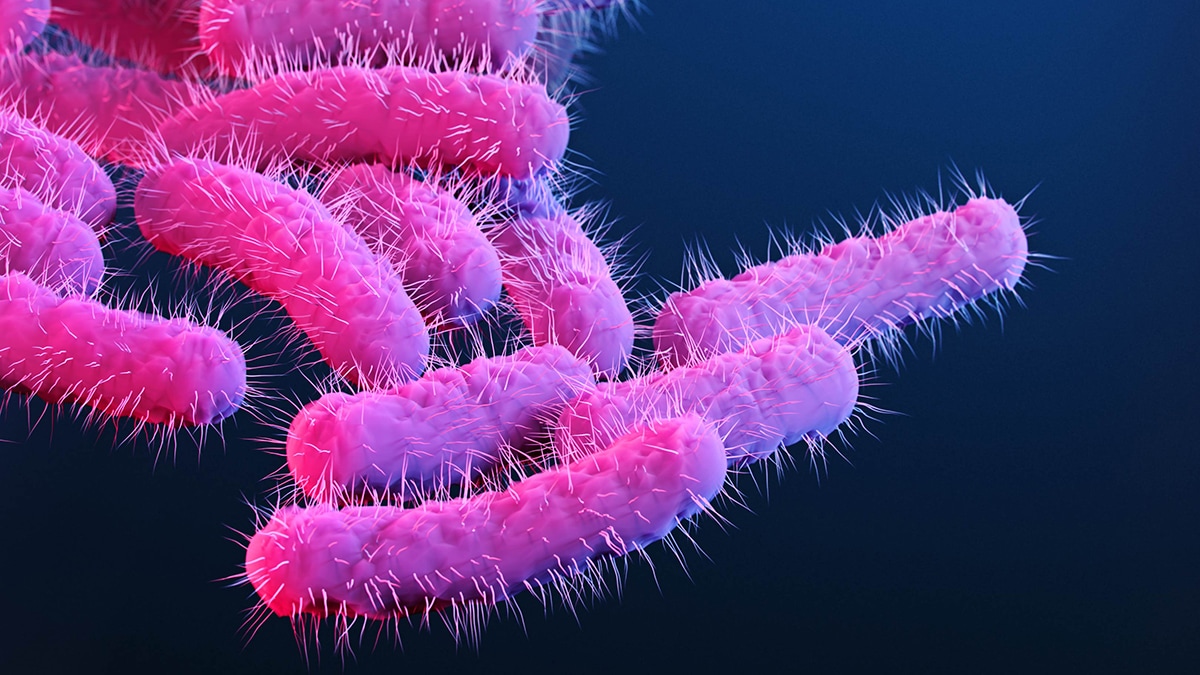Nursing Paper Example on Shigellosis
/in Assignment Help, BLOG, Homework Help /by Aimee GraceNursing Paper Example on Shigellosis
Shigellosis is a bacterial infection of the intestines caused by Shigella species. It is highly contagious and primarily affects children and individuals in crowded or low-socioeconomic settings with limited sanitation. The disease commonly presents as acute diarrheal illness, but severe cases can lead to complications, including dehydration, hemolytic uremic syndrome, and reactive arthritis.

Causes and Transmission of Shigellosis
Shigellosis is caused by the ingestion of Shigella bacteria, with the four main species being Shigella dysenteriae, Shigella flexneri, Shigella boydii, and Shigella sonnei. Each species has unique epidemiological traits and severity levels:
- Transmission Routes: Shigella spreads primarily through the fecal-oral route, commonly due to contaminated food and water. Person-to-person transmission is also common, particularly in childcare centers and crowded living conditions.
- Susceptibility Factors: Young children, travelers to endemic areas, people in refugee camps, and those with weakened immune systems are at higher risk for infection (Kotloff et al., 2018).
- Environmental Factors: Poor hygiene and sanitation contribute significantly to the spread of Shigella. The bacteria can survive in food and water for long periods, posing a risk in areas with limited access to clean resources.
Signs and Symptoms
Shigellosis symptoms appear within 1–2 days after exposure and vary in severity:
- Diarrhea: Ranging from mild to severe, often with the presence of mucus and blood in stools.
- Abdominal Cramps and Pain: Intense, colicky pain, particularly during bowel movements.
- Fever: A common symptom in more severe cases.
- Vomiting and Nausea: Often accompany diarrhea and abdominal pain.
- Tenesmus: A feeling of incomplete defecation or rectal pain after passing stools.
These symptoms typically last between 5–7 days, but recovery may be prolonged, especially in immunocompromised patients (DuPont, 2016).
Etiology
The etiology of shigellosis involves the Shigella bacteria penetrating the epithelial lining of the colon. Shigella invades host cells and produces toxins that lead to inflammation and ulceration in the intestines, which causes the symptoms of dysentery:
- Bacterial Invasion: Shigella enters the mucosal cells, leading to cellular destruction and the release of inflammatory cytokines.
- Shiga Toxin Production: Some strains, especially Shigella dysenteriae, produce Shiga toxin, which inhibits protein synthesis, causing cell death, and leading to more severe symptoms, including hemolytic uremic syndrome in rare cases (Panchalingam et al., 2012).
Pathophysiology
The pathophysiology of Shigella involves several stages:
- Adhesion and Invasion: Shigella bacteria attach to the epithelial cells of the colon, penetrating the cells through endocytosis.
- Intracellular Spread: Inside cells, Shigella multiplies and spreads to adjacent cells, leading to extensive epithelial cell death and ulceration.
- Inflammatory Response: The immune system mounts an inflammatory response, releasing cytokines that cause severe inflammation, leading to diarrhea and mucosal damage.
- Toxin Production: In cases involving Shiga-toxin-producing strains, further cellular injury occurs, leading to symptoms like bloody diarrhea and, in some cases, systemic complications like hemolytic uremic syndrome (Kotloff et al., 2018).
Diagnosis
A confirmed diagnosis of shigellosis relies on laboratory tests, given its symptom overlap with other enteric diseases:
- Stool Culture: The most definitive diagnostic test, where Shigella is isolated from a stool sample.
- Molecular Tests: PCR and other molecular assays can detect Shigella DNA, offering rapid results with high specificity.
- Serotyping: Identifying the specific Shigella species can guide treatment and public health interventions, especially during outbreaks.
- Antimicrobial Sensitivity Testing: To assess resistance, especially given rising resistance rates, guiding appropriate antibiotic use (Lima et al., 2022).
Treatment Regimens
Treatment for shigellosis focuses on managing symptoms and eradicating the infection:
- Hydration and Electrolyte Replacement: Oral or intravenous fluids prevent dehydration, especially in severe cases with significant fluid loss.
- Antibiotics: Antibiotic therapy is used in moderate to severe cases, but resistance to commonly used antibiotics, such as ampicillin and trimethoprim-sulfamethoxazole, has increased. Ciprofloxacin or azithromycin are typically recommended, depending on local resistance patterns (Gu et al., 2015).
- Antidiarrheal Medications: Generally not recommended, as they can prolong the infection by slowing bacterial clearance from the intestines.
- Nutritional Support: In prolonged or severe cases, nutrition should be carefully monitored and supplemented as needed, especially in children (WHO, 2013).
Patient Education
Prevention and patient education are essential, given the contagious nature of shigellosis:
- Hand Hygiene: Encourage regular handwashing, especially after bathroom use and before eating.
- Safe Food and Water Practices: Boiling water and cooking food thoroughly in high-risk areas.
- Avoiding Close Contact: Limiting direct contact with infected individuals can reduce transmission.
- Vaccination and Public Health: Currently, no widely available vaccine exists for Shigella, though research continues. Health organizations emphasize the importance of sanitation and hygiene interventions in high-risk regions (Lima et al., 2022).
Conclusion
Shigellosis remains a significant public health concern, especially in regions with limited sanitation and healthcare resources. Effective management requires prompt diagnosis, appropriate antibiotic use, and preventive measures to reduce transmission. Rising antibiotic resistance among Shigella species emphasizes the need for ongoing research into alternative treatments and preventive strategies.
References
DuPont, H. L. (2016). Shigella species (bacillary dysentery). In Bennett JE, Dolin R, Blaser MJ (Eds.), Mandell, Douglas, and Bennett’s Principles and Practice of Infectious Diseases (8th ed., pp. 2782–2788). Elsevier. https://www.elsevier.com/books/mandell-douglas-and-bennetts-principles-and-practice-of-infectious-diseases/bennett/978-1-4557-4801-3
Gu, B., Cao, Y., Pan, S., Zhuang, L., Yu, R., Peng, X., & Tong, M. (2015). Comparison of the prevalence and resistance mechanisms of Shigella isolated from children in the USA and China. International Journal of Antimicrobial Agents, 45(2), 148–153. https://www.sciencedirect.com/science/article/abs/pii/S0924857914003406
Kotloff, K. L., Riddle, M. S., Platts-Mills, J. A., Pavlinac, P., & Zaidi, A. K. (2018). Shigellosis. The Lancet, 391(10122), 801-812. https://www.thelancet.com/journals/lancet/article/PIIS0140-6736(17)33296-8/fulltext
Lima, A. A. M., Leite, M. D., & Guerrant, R. L. (2022). Infections caused by Shigella species. In Harrison’s Principles of Internal Medicine. McGraw-Hill Education. https://accessmedicine.mhmedical.com/content.aspx?bookid=3095§ionid=261459943
Panchalingam, S., Antonio, M., Hossain, A., Mandomando, I., Ochieng, J. B., Oundo, J., … Kotloff, K. L. (2012). Diagnostic microbiology for Shigella, enterotoxigenic Escherichia coli, and Campylobacter associated with diarrhea. Clinical Infectious Diseases, 55(S4), S344–S352. https://academic.oup.com/cid/article/55/suppl_4/S344/306388



